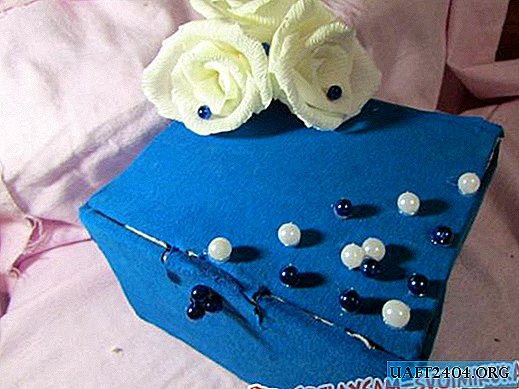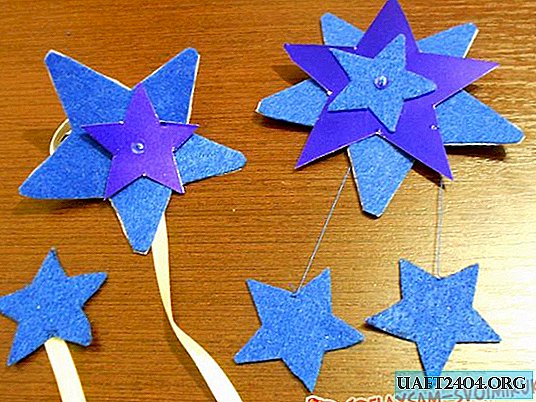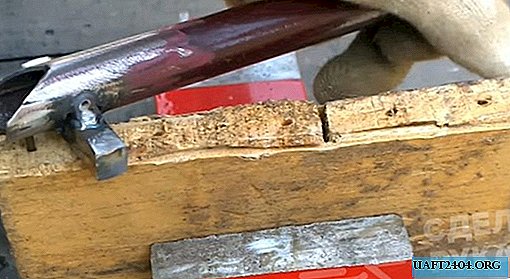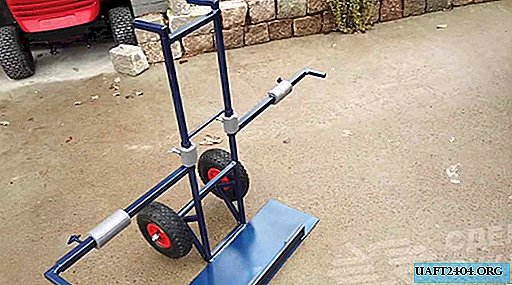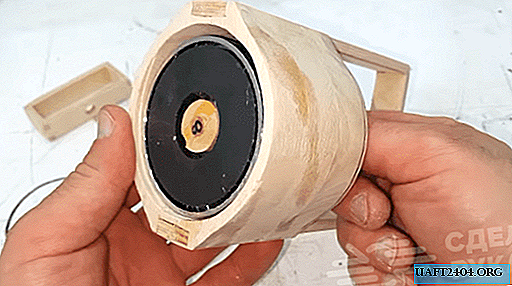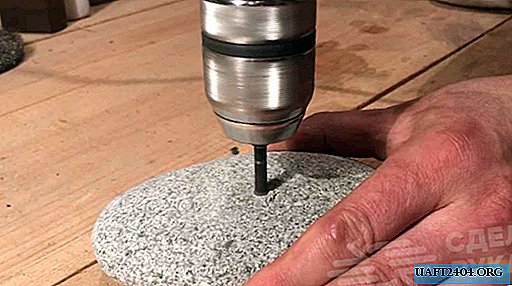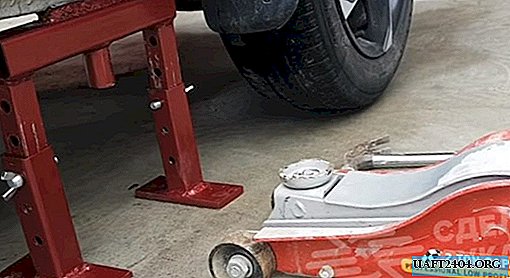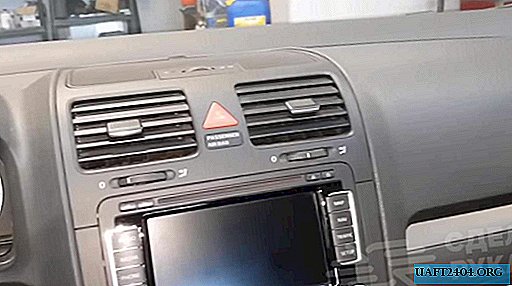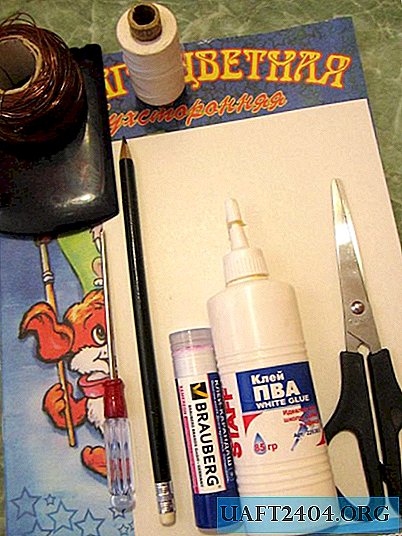Share
Pin
Tweet
Send
Share
Send
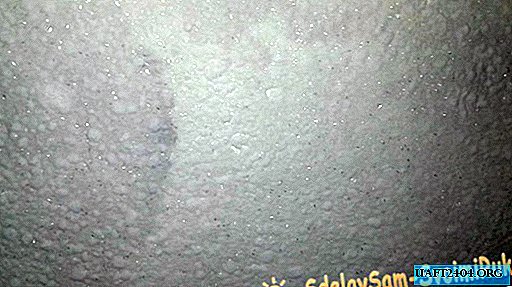
The appearance of such finishing material as liquid wallpaper made it possible for everyone to create interior masterpieces on their own. After all, work on applying liquid wallpaper does not require professional skills as a painter or plasterer and is available to everyone. The principle of applying liquid wallpaper on the ceiling is the same as on the walls. But still it is worth paying special attention to the basic rules of working with this material.
Ceiling surface preparation
To give surface strength, the ceiling must be primed with a high-quality, colorless or white deep penetration primer, puttyed with a start and primed again with the same primer. This is necessary to create a moisture resistant and perfectly white surface.
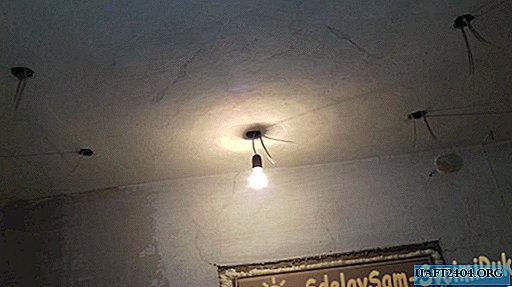
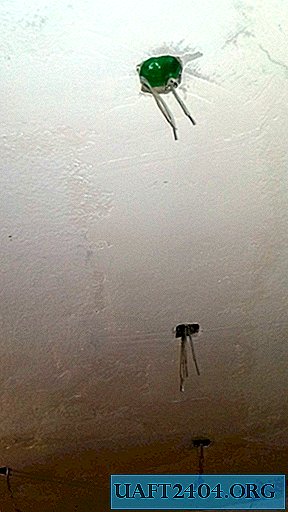
It is important to remember that if the ceiling was previously covered with decoration (wallpaper, whitewashing, etc.), it is necessary to get rid of it. The old coating will begin to peel off over time, and with it the liquid wallpaper.
It is also worth paying special attention to the perfectly even surface of the ceiling. This is due to the fact that the light from the lighting devices is directed to the surface almost as lateral, as a result of which all defects of the slit, trough, tubercle will be visible on the ceiling.
Application of liquid wallpaper
Liquid wallpaper is best applied with a plastic grater, smoothing back and forth along the surface with a layer of up to 2 mm. It is necessary to apply wallpaper on the ceiling from corner to corner and do not dwell on parts of what has been done. You can smooth the wallpaper in any convenient direction, but you should avoid circular movements. For a uniform color and texture pattern, the ceiling must be covered with material from one batch on the entire surface to be coated. Wallpapering should end when the entire ceiling is covered.
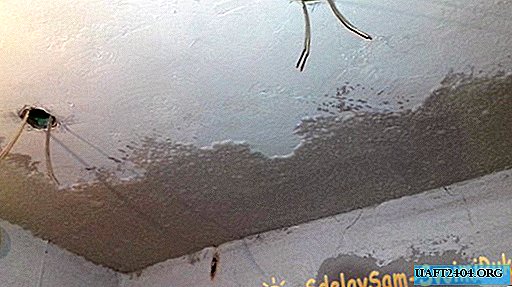
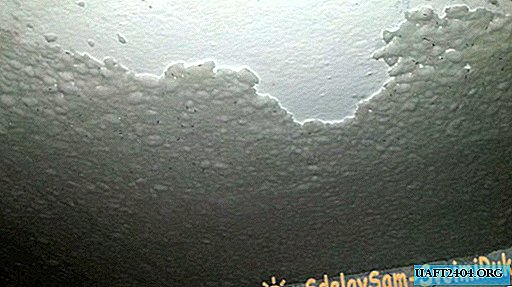


It is important to remember that liquid wallpaper must be applied when all design elements are installed, including the ceiling baseboard.
The room during and after work should be well ventilated. Thanks to active ventilation, moisture evaporates faster and, as a result, wallpaper dries faster.
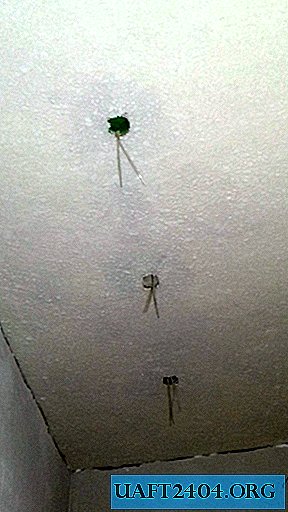
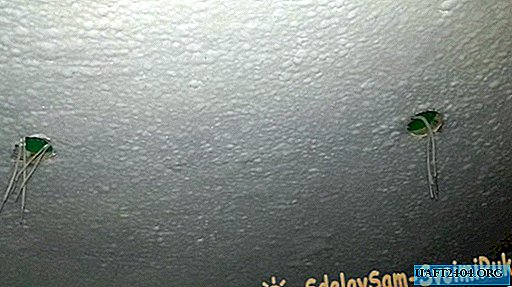
Liquid wallpaper can be applied to the ceiling in almost any room, even in the bathroom. The main thing is to avoid direct liquid.

Share
Pin
Tweet
Send
Share
Send

